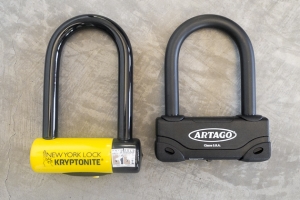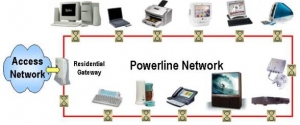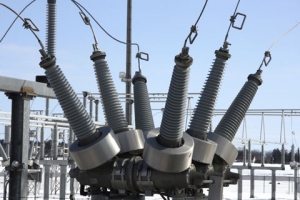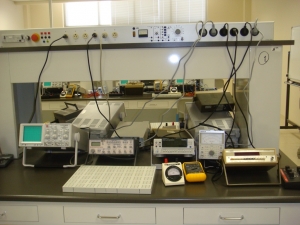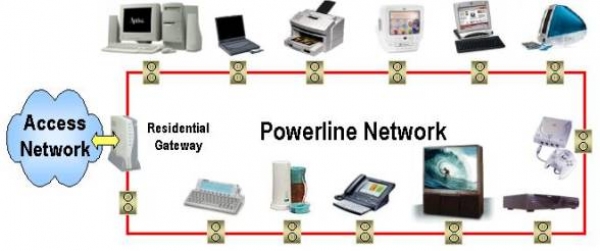
Abstract
Electric power line networking is a method of home networking which is capable of interconnecting computers in your home. It uses exciting AC wiring and power outlets to transmit data around a home or small offices. It is based on the concept of 'no new wires'. It would let you share:
" Web access
" Printers
" PC hard drives
From any plug in your home or office.
Electric power line networking avoids the need for putting PCs near a phone outlet. Instead, computers and other devices are connected through electrical outlet. You are networked by just plugging in. power line networking is based on Homeplug Powerline Alliance's Homeplug 1.0 standards. With power line networking, a home owner can create an entire home network linking his/her,
" Personal computers
" Printers
" Music equipments
" Internet access
Without running any new wires.
Wires and sockets are used simultaneously for electricity and data, without disrupting each other. Thus power line networking provides a cost effective solution for home networking. With power line networking, you will be able to put your desktop PCs anywhere you like in your home. It will also easier to buy and network other devices.
A power line network is having the following features,
" No extra wiring and extra wire maintenance is required since it uses exciting electrical line it self for net working.
" It uses standard outlet/plug. So it is possible to access the network everywhere at home.
" It uses power outlet to let the users more easily relocate the PCs, switches, routers and print servers.
" It is easy to connect with Ethernet switch or router to access internet or exciting home network.
" It provides a 56-bit DES encryption for high security in data transfer.
" It co-exists with current technology to protect previous investment. So customers will not have to discard their exciting network solutions.
" It provides maximum 14Mbps bandwidth over standard home for sharing information, multimedia application and gaming.
" Frequency band 4.3 to 20.9 MHz for low interference from other electrical appliances.
THE TECHNOLOGY
Like home PNA, power-line networking is based on the concept of "no new wires". The convenience is even more obvious in this case because while not every room has a phone jack, but always have an electrical outlet near a computer. In power line networking, you connect your computers to one another through the same outlet. Because it requires no new wiring, and the network adds no cost to your electric bill, power line networking is the cheapest method of connecting computers in different rooms.
There are two competing technologies for power line networking. The older technology called Passport, by company named Intelogis and a new technology called Powerpacket, developed by intellon. Now let's find out how each of these technologies works.
This technology relies on frequency-shift keying (FSK) to send data back and forth over the electrical wires in your home. FSK uses two frequencies, one for 1s and the other for 0s, to send digital information between the computers on the network. The frequencies used are in a narrow band just above the level where most line noise occurs.
Although this method works, it is somewhat fragile. Anything that impinges on either frequency can disrupt the data flow, causing the transmitting computer to have resent the data. This can affect the performance of the network.
When one was using more electricity in the house, such as running the washer and dryer, the network slowed down. Intelogis includes line-conditioning power strips with its network kit and encourages you to insert them between the wall outlet and your computer equipment to help reduce the amount of electrical line noise.
HOW TO INSTALL A POWER-LINE NETWORK
The physical connection between each computer and the intelogis power line networks uses the computer’s parallel port. A wall device is plugged directly into the electrical outlet.
A parallel cable is plugged into the wall device and into the parallel port of the computer. The power-line network must be the last item connected to the parallel port. For this reason, if you have anything else connected to the parallel port, such as a scanner or Zip drive, it must have a pass-through for the parallel port. Unless you have a second parallel port on your computer, your printer must be connected to the network through a wall of its own.
Something to keep in mind is that the intelogis older technology does not support bidirectional printing. “Bidirectional” means that data is sent in both directions, allowing your printer to send information back to your computer, such as how much ink is left and if there is a paper jam. This will not keep your printer from working, but it is worth noting that you will lose the use of such features.
Initial Power Packet devices connect via a USB or Ethernet cord from the computer to a small wall adapter. Subsequent devices will have the circuitry built in, meaning the only connection needed would be the power cord
